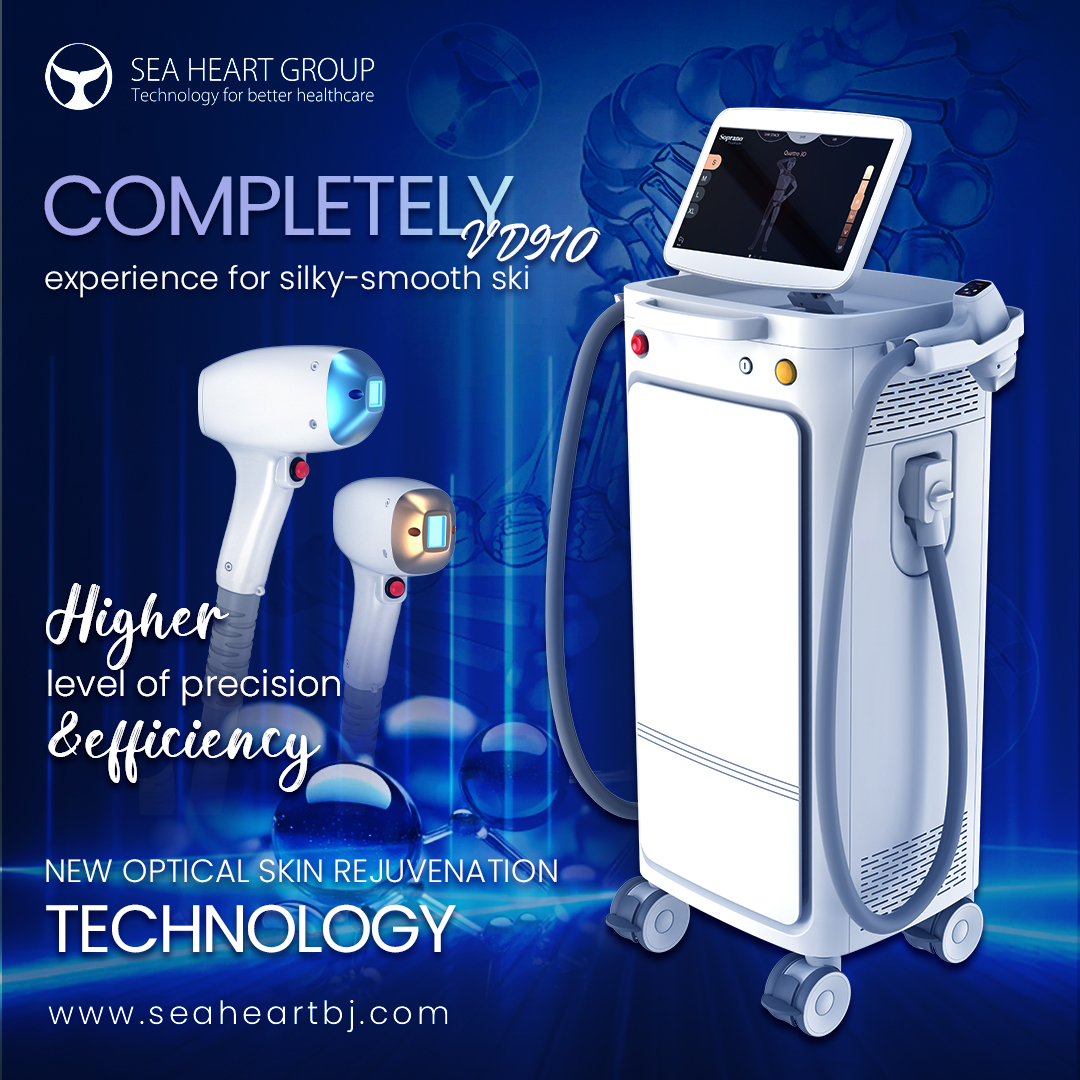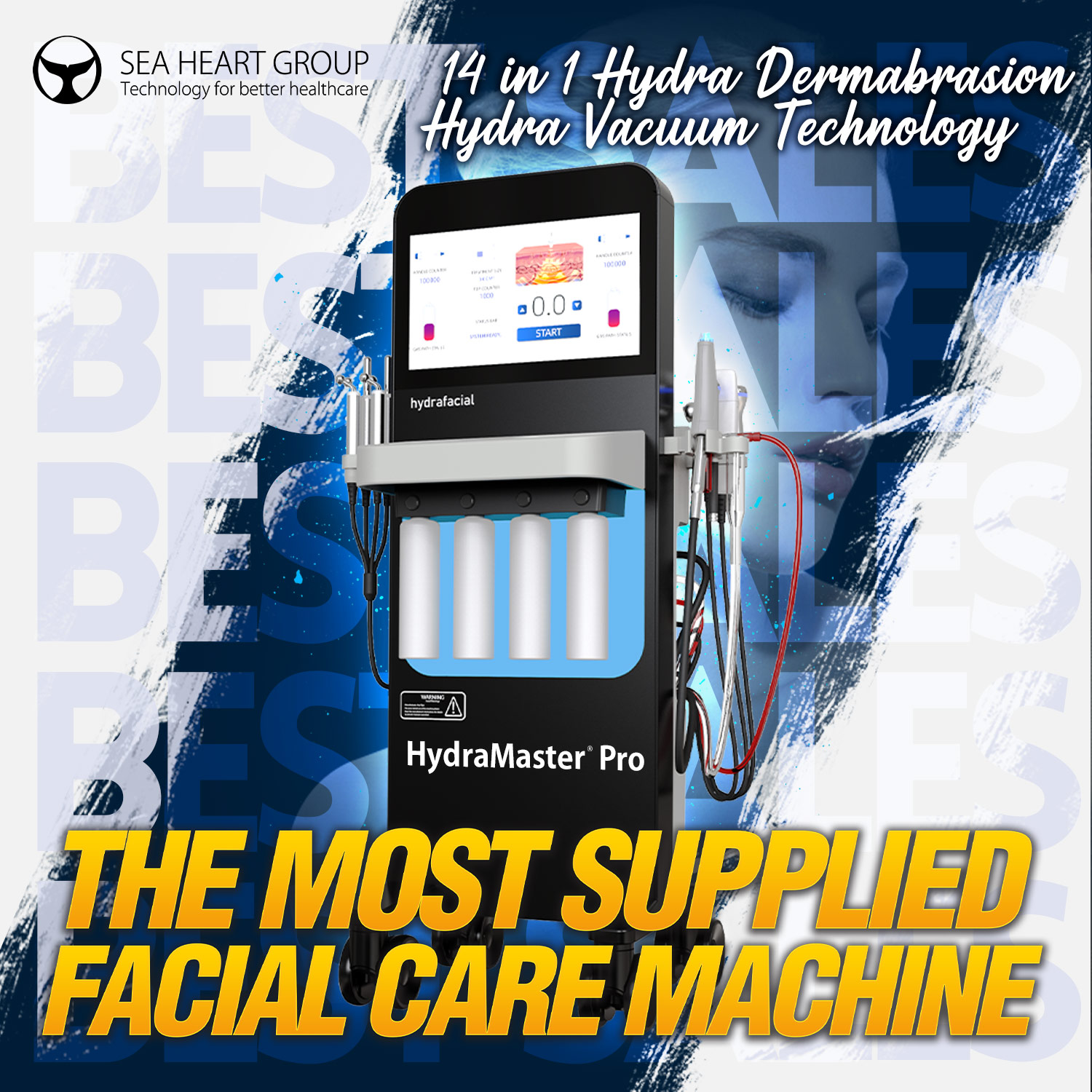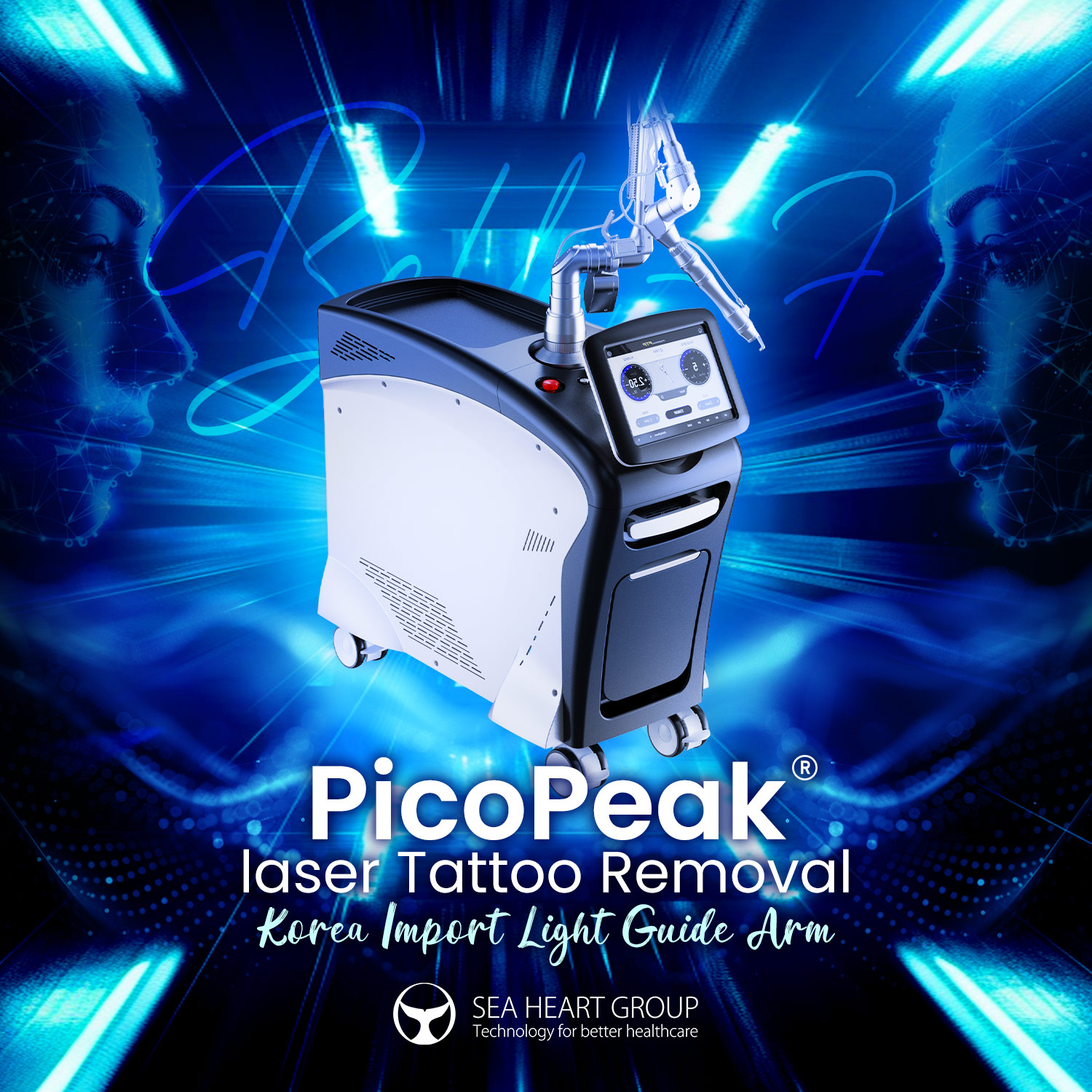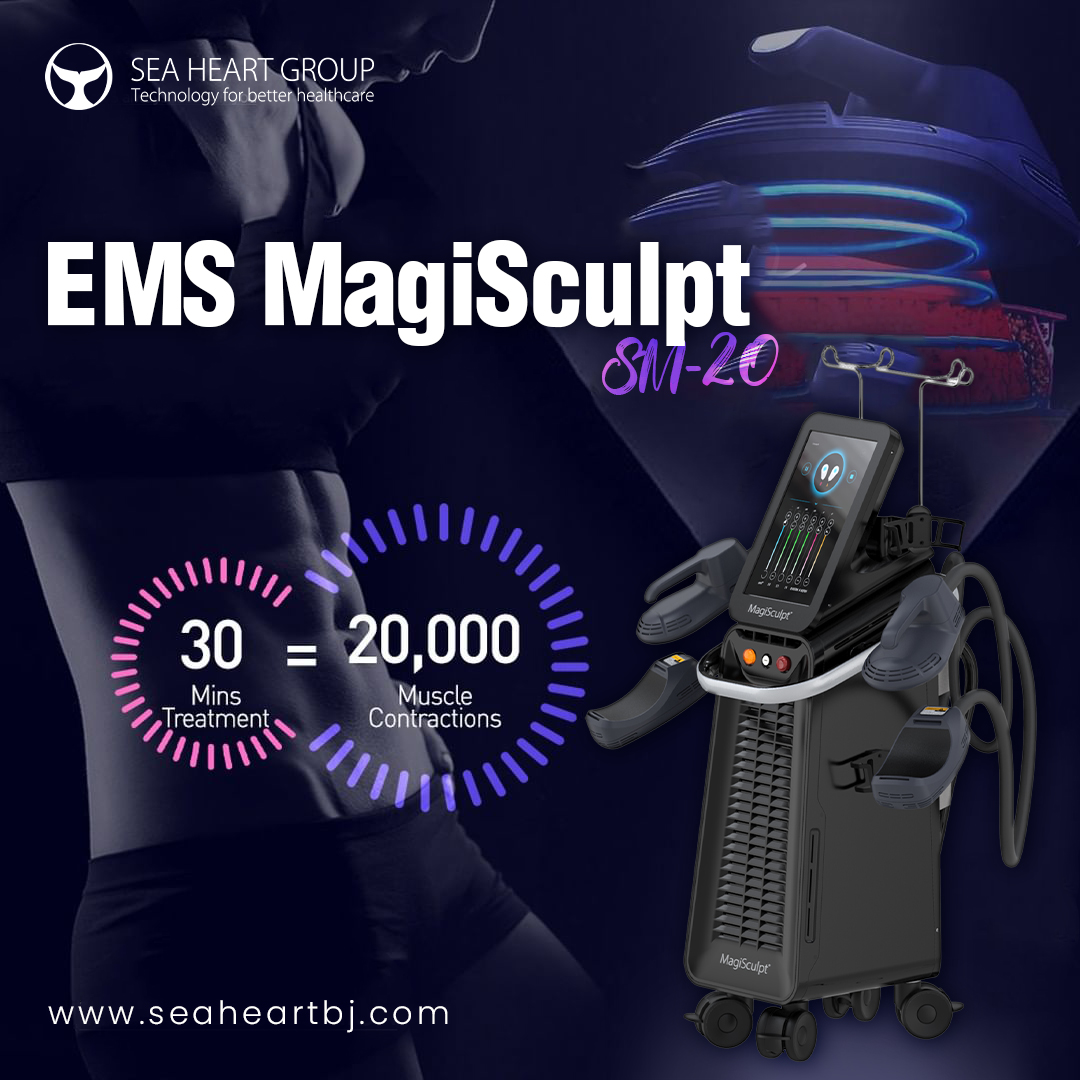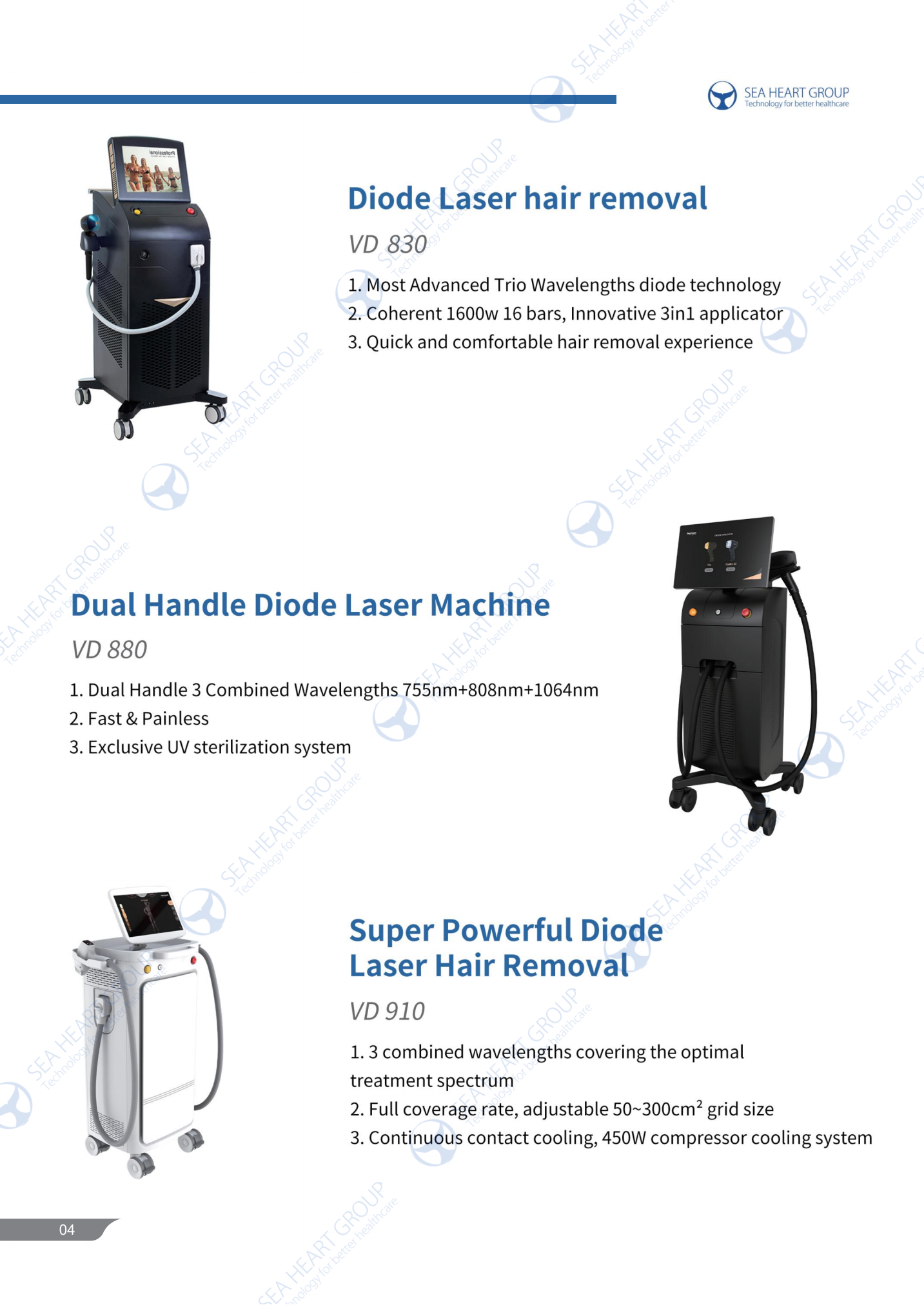In the realm of beauty and aesthetics, laser hair removal has emerged as a revolutionary solution, providing individuals with a long-lasting and hassle-free way to achieve smooth, hair-free skin. This advanced technology has transformed the hair removal industry, surpassing traditional methods in terms of effectiveness, convenience, and precision. In this article, we explore the science behind laser hair removal, its remarkable benefits, and why it has become an essential treatment in the beauty industry.
Understanding Laser Hair Removal: Laser hair removal is a cutting-edge technique that utilizes concentrated beams of light to target and destroy hair follicles at the root. The laser emits a specific wavelength that is absorbed by the pigment in the hair, generating heat that disables the follicle while leaving the surrounding skin unharmed. This selective targeting makes laser hair removal a precise and efficient method for achieving long-lasting hair reduction.
Laser Hair Removal Machines
Unwanted hair is one of the biggest cosmetic concerns for women and men everywhere making it one of the most popular aesthetic laser treatments. Safe for all skin tones, the TA808, backed by SEA HEART, offers the perfect solution for dealing with bothersome hairs on the legs, bikini, back, face, underarms, and more. Just a few treatments will reveal smoother skin and eliminate the need for waxing or shaving.
The Benefits of Laser Hair Removal: Laser hair removal offers a multitude of advantages that have revolutionized the way people approach hair removal. Let's explore some key benefits:
a. Lasting Results: Unlike temporary hair removal methods like shaving or waxing, laser hair removal provides long-lasting results. It reduces hair growth significantly, resulting in smoother skin for an extended period.
b. Precision and Efficiency: Laser technology allows for precise targeting of specific areas, ensuring that only the unwanted hair follicles are affected while preserving the surrounding skin. This precision enables efficient and effective treatments.
c. Time and Cost Savings: Laser hair removal eliminates the need for regular hair removal sessions and the constant purchase of shaving creams or waxing products. Over time, it can save both time and money, offering a more cost-effective solution.
d. Minimal Discomfort: While individual experiences may vary, laser hair removal is generally well-tolerated, with most individuals describing the sensation as a mild discomfort similar to the snap of a rubber band. Advanced laser systems have further minimized any discomfort during the procedure.
The Laser Hair Removal Process: Understanding the laser hair removal process can provide individuals with a clear idea of what to expect during their treatments.
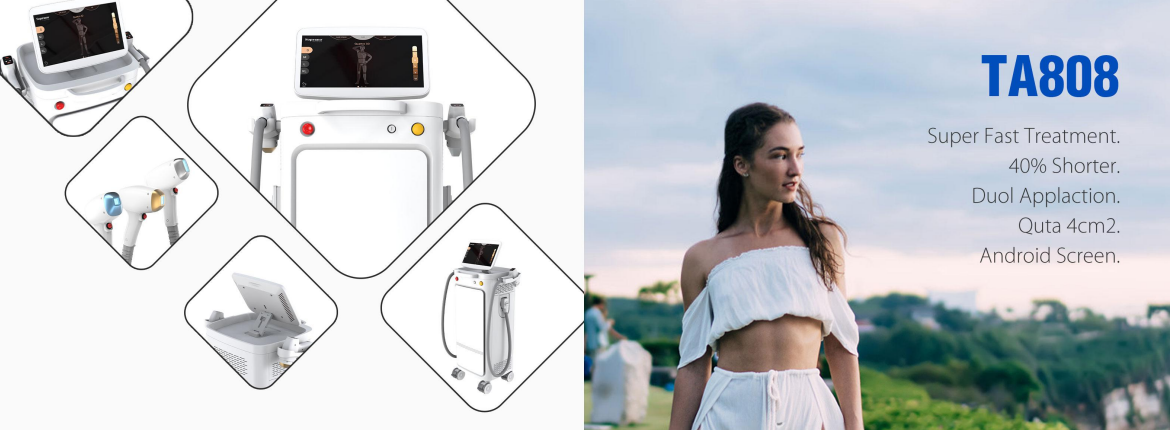 The typical process involves the following steps
The typical process involves the following steps
a. Consultation: A comprehensive consultation is conducted to assess the individual's skin and hair type, discuss expectations, and create a personalized treatment plan.
b. Preparation: Before the treatment, the targeted area is prepared by shaving the hair and cleansing the skin to ensure optimal results.
c. Treatment Session: During the treatment, a handheld laser device is precisely applied to the skin, emitting pulses of light that target the hair follicles. The duration of each session depends on the size of the area being treated.
d. Post-Treatment Care: After the procedure, it is essential to follow the post-treatment care instructions provided by the specialist. This may include avoiding sun exposure, using soothing creams, and practicing proper skincare to promote healing and maximize results.
Choosing a Reliable Laser Hair Removal Provider: To experience the full benefits of laser hair removal, it is crucial to select a reputable and experienced provider. Consider the following factors when choosing a reliable provider:
a. Expertise and Qualifications: Look for professionals who are trained and certified in laser hair removal. They should have the knowledge and experience to ensure safe and effective treatments.
b. Quality of Equipment: Inquire about the technology and equipment used by the provider. Advanced laser systems can offer superior results and minimize discomfort during the process.
c. Client Reviews and Testimonials: Read reviews and testimonials from previous clients to gain knowledge of their experiences and satisfaction with the provider's services.
d. Consultation and Communication: A reputable provider should offer thorough consultations, address any concerns or questions, and provide clear explanations of the process, expected outcomes, and potential risks.
Conclusion: Laser hair removal has revolutionized the way individuals approach hair removal, offering lasting results, precision, and minimal discomfort. With its numerous benefits, this advanced technology has become an essential treatment in the beauty industry. By choosing a reliable provider and understanding the laser hair removal process, individuals can confidently embark on their journey towards smooth, hair-free skin.
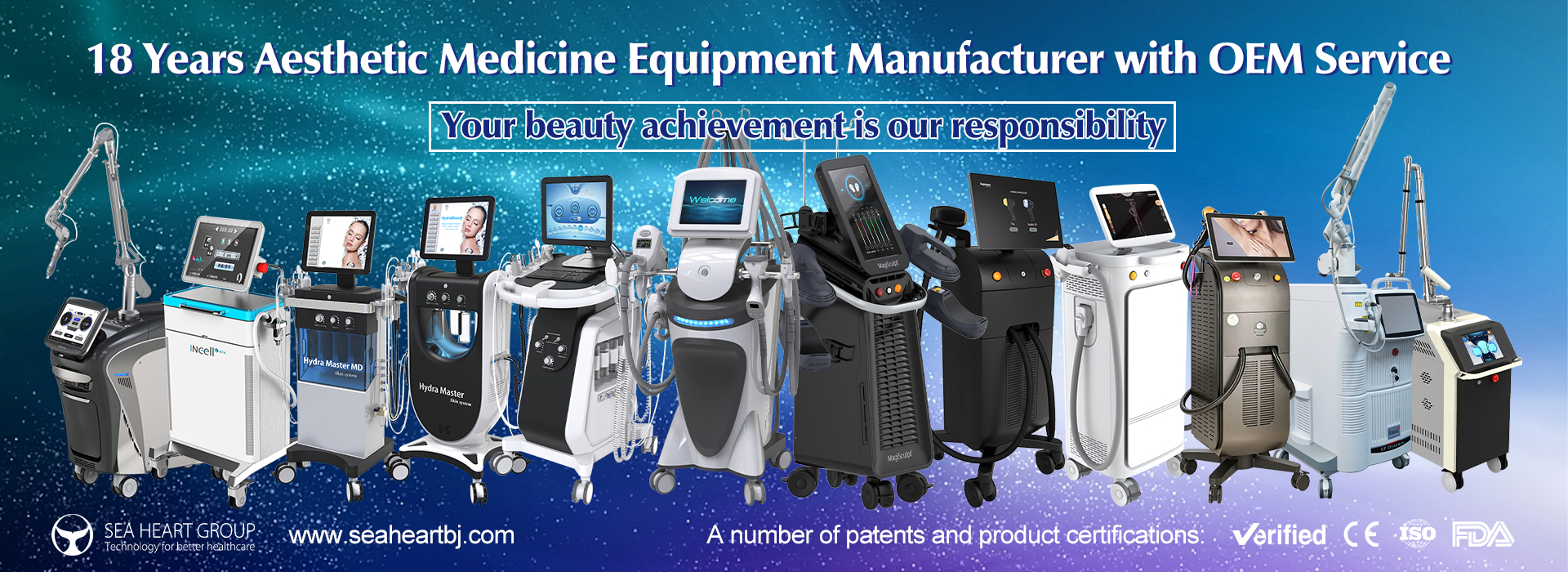
FAQ
What are the unique selling points of your lasers in hair removal machines?
Coherent 755nm 808nm 940nm 1064nm semiconductor chip
lntegrated optical waveguide Effective power increased by 10%
Gold-tin hard solder welding High duty cycle, high-temperature resistance, long life
Optical waveguide homogenization Spot uniformity up to 90%
Thermal management technology Prevents the chip from burned
Nitrogen seal waterproof Anti-condensation Extend laser life
Thermal stress control technology ensures high reliability & durability of the laser
Conductive cooling technology is better than micro-channel and macro-channel technology
How does the spot size affect hair removal?
The spot size significantly impacts the efficiency of hair removal treatments. A larger spot size allows for the coverage of a larger area, reducing the number of treatment sessions required and the overall treatment time. In theory, doubling the spot size can halve the hair removal time. For example, if full-body hair removal previously took 60-90 minutes, switching to a larger spot size can reduce it to 30-45 minutes. During peak hair removal seasons, this can accommodate 2-3 additional clients per day, increasing revenue.
How can the machine's effectiveness be proven?
Proving a machine's effectiveness is essential, but it requires practical experience and time to verify results. Common methods used for showcasing effectiveness include:
1. Demonstrating High Energy: Videos of the machine igniting black paper to demonstrate high energy output (usually with pulse widths above 200ms, even though such high energy is impractical for actual hair removal due to discomfort).
2. Pulling Out Long Hairs: Showing that long hairs on the skin's surface can be plucked out using tweezers after treatment (though this method doesn't accurately represent real treatment scenarios).
3. Visual Documentation: Photos or videos of treatment areas before and after to demonstrate results.
4. Energy Testing: Using professional equipment to measure and calculate energy output.
5. Clinical Experience: Feedback from professionals with clinical experience and knowledge.
Judging whether the machine is effective or not is often best understood by professionals or doctors who have expertise in this area. Using professional equipment for testing can provide a reliable assessment. Recommended parameters for effective results are typically: 1000W laser, 10Hz, 10ms, 10J/cm²; or 600W laser, 10Hz, 30ms, 12J/cm². It's important to note that a larger spot size isn't always better; it needs to be supported by sufficient power. An ideal 1cm² spot size typically requires 500W or more. Lower-end products often have spot sizes with energies ranging from 150-300W, which can still work but offer less effective results.
For high-power machines, we can compare them to European, American, Japanese, and Korean brands, offering a refund if they don't perform as promised. However, low-power machines also come with a refund guarantee but might have slightly less effective results.
How many sessions are needed for different body parts, and when do hairs start falling out?
Can you treat nose hair or the tip of the nose? What's the cost, and how long is the treatment cycle?
What should be considered after treatment?
The number of sessions required for effective hair removal depends on factors like skin color, hair thickness, hair color, and the hair growth cycle rather than specific body parts. On average, 3-5 sessions are needed for full-body hair removal. After hair removal, the skin may be sensitive, so it's important to protect it from sun exposure.
Treatment cycles and costs can vary, and specific details should be obtained from your provider. Nose hair treatment is possible, and there are attachments designed for this purpose. Treatment cycles vary in length, and the effectiveness is influenced by factors mentioned earlier. It's essential to follow post-treatment care guidelines provided by your practitioner.
What is SHR, and how does it work?
SHR stands for Super Hair Removal. It's a fast hair removal mode operating at 10Hz. In this mode, the repetition rate (HR) can be adjusted between 1-10Hz, offering flexibility. The new 808 program for SHR includes an algorithm that calculates treatment times based on the area to be treated, energy density, and other factors. It ensures even treatment over the specified area, making it more efficient and comfortable for clients. Traditional treatment involves sliding the handpiece back and forth, but the effectiveness can vary based on individual settings. SHR simplifies the process and enhances consistency.
Is your diode laser a true 3-wavelength system, and which one is the best for hair removal?
Our diode laser system can be customized to offer true 3-wavelengths, but most commonly, we use a combination of 795nm and 808nm wavelengths. True 755nm diode lasers are rare and costly. Typically, systems use 795nm (simulating real 755nm), 808nm, and sometimes 1064nm (though it's often not used). The best choice depends on the availability of these wavelengths and the budget. Most clients opt for the 795nm+808nm combination, which is more affordable and offers effective results. The effectiveness of a laser system is influenced by various factors, including power, spot size, and wavelength configuration.
What are the common maintenance issues?

